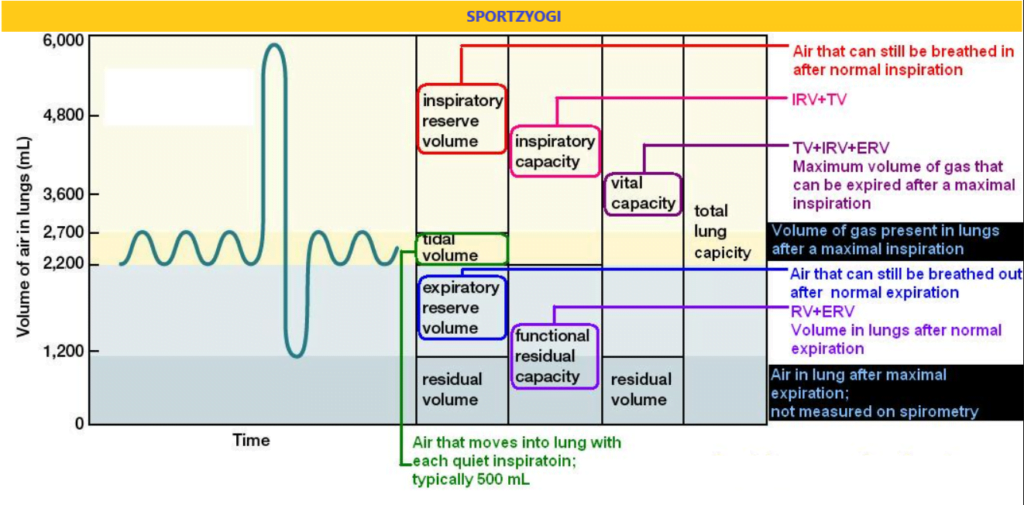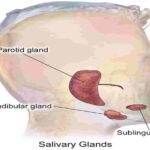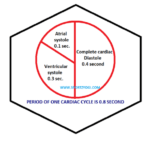WHAT DO YOU MEAN BY SECOND WIND AND OXYGEN DEBT, VITAL CAPACITY?
SECOND WIND
SECOND WIND- The returning of the relative ease of breathing after the initial stage of Exhaustion that occurs during physical exertion. The second wind sentence is used by the instructor in the field of sports, especially when running in long races, and is also experienced by the players, but due to weak understanding by the players, they are unable to explain the experience of this stage. A sudden sensation of symptoms of fatigue or dysfunction caused during the early part of exercise Disclosure is caused by the second wind. This experience is experienced after comparatively exercising in a stressful exercise. In calculating the initial part of the players, ‘ experience, it is known that they have a state of restlessness or fatigue but like It is a little time after the start of the exercise, then the feeling of openness, discomfort, and frustration disappears. Ha is second to achieve a highly comfortable pattern regarding the breath of wind experience. It’s also affected by the climatic condition, where the athlete performing an activity.[Second Wind And Oxygen Debt]
Read more about:- What is an overload in sports training?
POSSIBLE CAUSES OF THE SECOND WIND MAY BE THE FOLLOWING:
Relieve breathlessness due to ventilatory adjustments at the beginning of the exercise. At the beginning of exercise, the accumulation of lactic acid oxidation results in delayed blood flow to the working muscles. Insufficient warming up. Fatigue especially in the diaphragm and local muscles. Reasons for psychological causes
SYMPTOMS OF SECOND WIND
- Feeling Breathlessness
- Chest pain
- Headache
- Muscle pain which involves that particular activity
- Neuromuscular coordination disturb
- A feeling of Dry throat
CHANGES WHICH GENERALLY SEEN AFTER SECOND WIND
- Respiration rate becomes less.
- Oxygen supply becomes normal in the body.
- Carbon-di-oxide accumulation reduced in the body.
- No more feeling of Breathlessness.
- Heart rate reduces.
- Muscles become normal. (swelling or discomfort)
- Changes in blood circulation.
Second Wind And Oxygen Debt
VITAL CAPACITY
Vital capacity is the maximum amount of air that a person can breathe out of the lungs after maximum breathing. It is equal to the addition of inspiratory reserve volume, tidal volume, and expiratory reserve volume. The average vital capacity in a healthy person is approximately 4 to 5 liter, it also depends on the height, weight, age, sex, and mass of the person. Vital capacity is about 7 to 9 liters in a professional player or an Olympic player. We can find the lung volume with the help of a spirometer.
- LUNG VOLUME IS CAN BE DIVIDED INTO FOUR PARTS ARE AS FOLLOWS:
Tidal Volume: The moving volume of air during either breathing or exhaling is called a tidal volume. In a normal person’s resting state, the average tidal volume in each breath is 500 ml. - INSPIRATORY RESERVE VOLUME: – The volume of extra air inhale after the tidal volume by maximum inspiratory effort is called inspiratory reserve volume. This additional volume is about 2.5 to 3.5 liters. In simple terms the maximum amount of air inhale with effort during normal respiration is called inspiratory reserves volume.
- EXPIRATORY RESERVE VOLUME: – This is the maximum amount of air released in one breath after tidal volume by maximum expiratory effort is called expiratory reserve volume. That ranges from 1 to 1.5 liter in an average-sized man. In simple terms, the maximum amount of air released or exhale during normal respiration with effort is called expiratory reserve volume.
- RESIDUAL LUNG VOLUME: – When one exhales at the maximum possible depth, the air remains in the volume of the lungs, such that the air that cannot be thrown out of the lung is called the residual lung volume. Or when some amount of air volume is left after forceful expiration.
Read more about:- Training load and recovery?
VITAL CAPACITY AND OXYGEN DEBT


LUNG CAPACITIES
- INSPIRATORY CAPACITY: – IT means the maximum amount of air inhales after a normal tidal expiration.
- EXPIRATORY CAPACITY: – It means the maximum amount of air exhaled after normal tidal inspiration.
- VITAL CAPACITY: – It means the maximum amount of air exhaled after the deepest inspiration
- FUNCTION RESIDUAL CAPACITY: – It means air left in the lungs after tidal expiration.
- TOTAL LUNG CAPACITY: – It means the total amount of air present Lungs after a maximum inspiration.
OXYGEN DEBT
THE Amount of oxygen should be repaid to the body after exercise. OR the extra amount of oxygen that must be taken into the body after strenuous training or exercise to restore all the system functioning to their normal state is called oxygen debt.
After doing anaerobic exercise or activity our body demands to neutralize the lactic acid formation in muscles, so in the resting state oxygen reacts with lactic acid to form carbon-di-oxide and water.
CH3 CH(OH)COOH+O2àCO2+H2O
There are three factors that affect oxygen debt
While doing the normal or mild exercise the demand for energy is full fill by the aerobic glycolysis but in the other part while performing strenuous or vigorous activity body takes additional energy from three sources which are:
- Anaerobic glycolysis
- Myoglobin (provides additional oxygen)
- Creatine phosphate.
When exercise is over we need an extra amount of oxygen to remove excess lactate formation, replenish the ATP storage
TOTAL OXYGEN AMOUNT STORED IN THE BODY – 2 LITER
OXYGEN IN THE LUNG CAPACITY- 0.5 LITER
DISSOLVE IN THE BODY FLUID – 0.25 LITER
STORED IN THE MUSCLE FIBER – 0.3 LITER
OXYGEN COMBINE WITH HEMOGLOBIN -1 LITER
The amount of oxygen spent during the same period in the normal resting state and the amount of oxygen spent during the replenishment is called oxygen debt.
We know that immediately after the exercise, our body returns to a resting state. In mild exercise, the compensation is faster but if the exercise is heavy or stressful such as running 400 meters or in the fastest 800 meters, the body Returning to a resting state requires more time in comparison with the amount of oxygen spent during the time of exercise to compensate. The amount is more, which is normally spent in a resting state, it is called oxygen debt.
[Second Wind And Oxygen Debt]
Read more- Chemical composition of the human body





